|
John Tyman's Cultures in Context Series NEPAL |
|
|
|
535 - 574 |
|
John Tyman's Cultures in Context Series NEPAL |
|
|
|
535 - 574 |
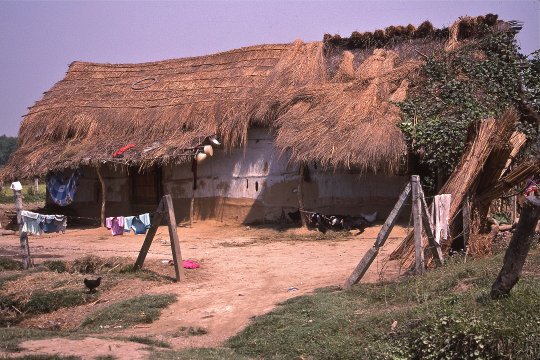 |
| 536. Their buildings typically provided, under a single roof, space for family life, for farm chores, and shelter for livestock. Each married couple had a private cubicle. |
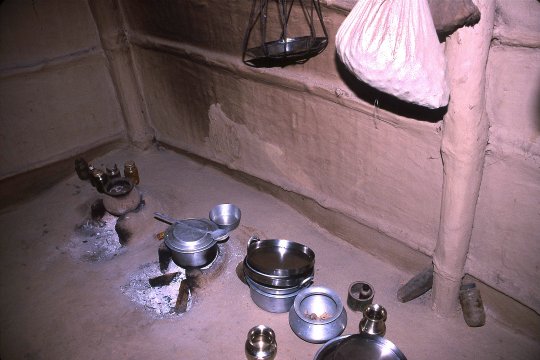 |
| 537. And there was a central kitchen (from which outsiders like myself would have been excluded in times past). |
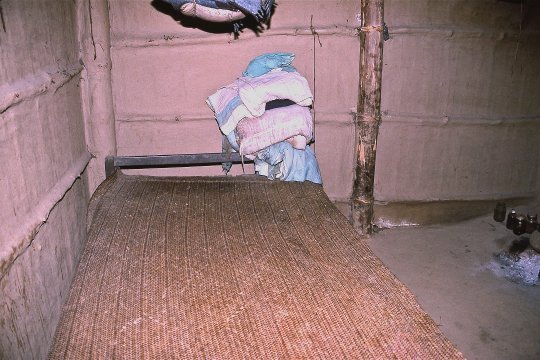 |
| 538. There was a bare minimum of furniture, often only clay or wooden benches, with bedding tidied up during the day. |
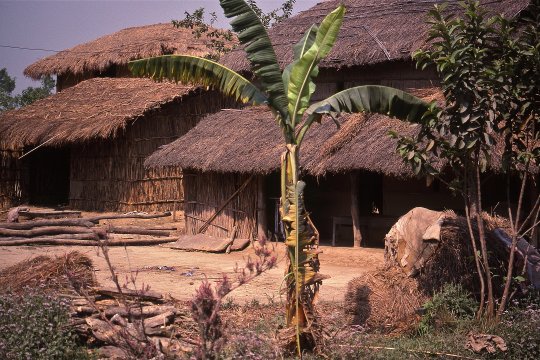 |
| 539. Each house had an adjacent kitchen garden, providing fruit and vegetables for household use. |
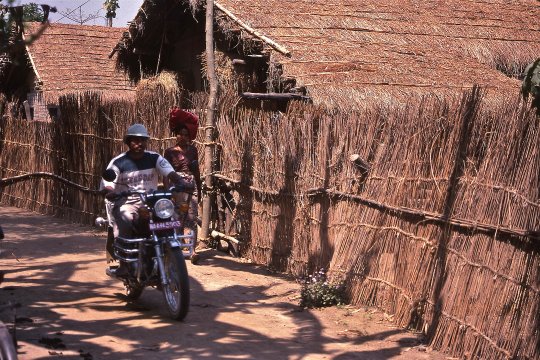 |
| 540. And there would be a bamboo fence between the gardens and the street, to exclude stray animals. |
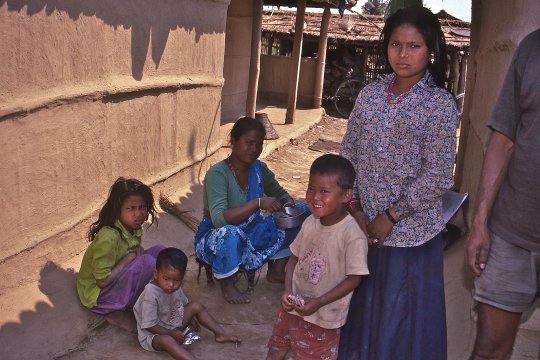 |
| 542. Since the Terai is underlain by alluvial silts and lacks building stone, their cob walls had a core of bamboo lathes plastered over with a mixture of clay and chopped straw. |
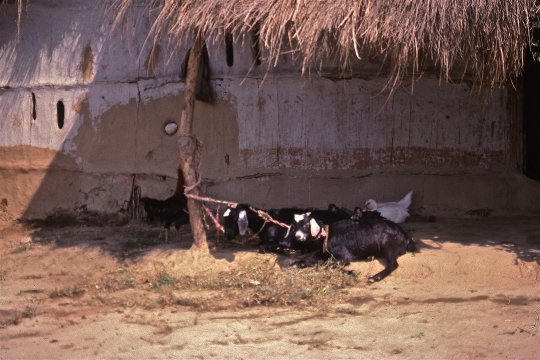 |
| 543. This would be coated with a layer of clay mixed with cow dung -- and possibly whitewashed with lime. |
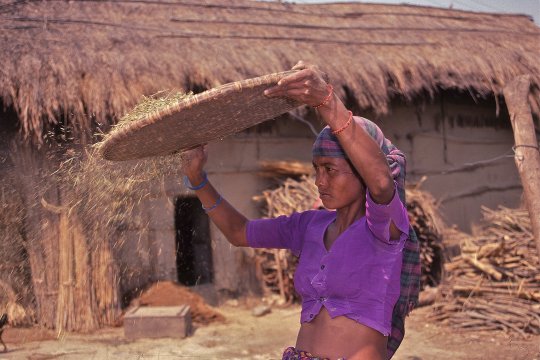 |
| 544. And the roof would be thatched with straw, which was plentiful. |
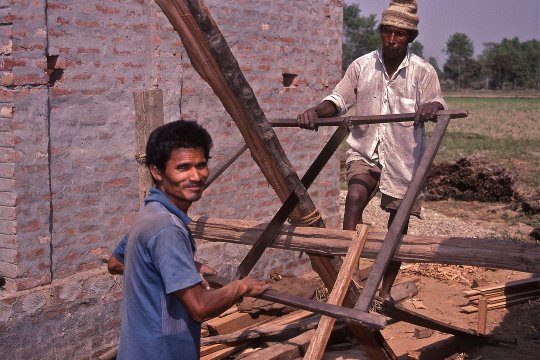 |
| 547. Some of the larger landowners, though, can now afford brick walls, and tradesmen to do the work. |
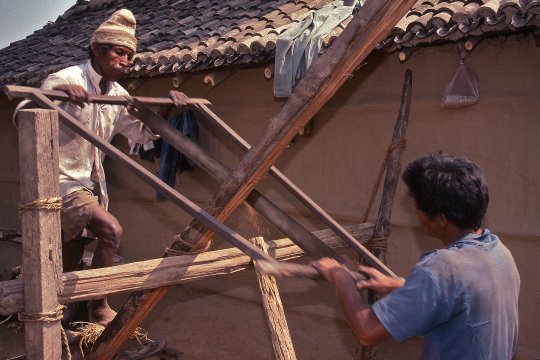 |
| 548. Others use cob walls still but can afford roofing tiles and the heavier timbers to support them. |
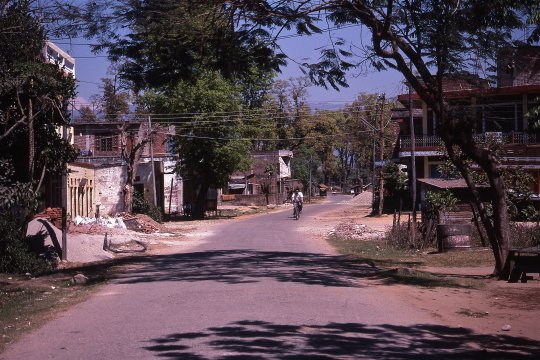 |
| 550. Some suburbs of Bharatpur are more attractive than others, but all of them have a supply of electricity that is reasonably reliable. |
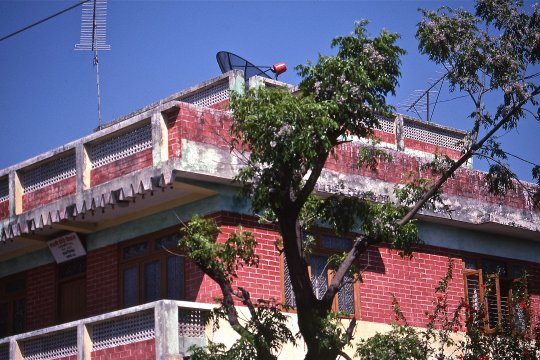 |
| 551. Some even have expensive aerials and satellite dishes on the roof to ensure radio and television reception from a wide range of sources. |
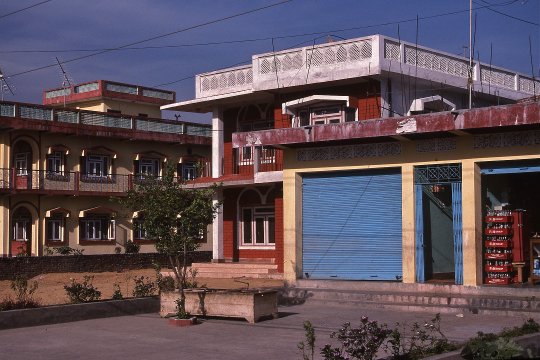 |
| 552. However, the roller doors with which many houses are equipped are not meant for cars, but to allow the owner or a tenant to operate a business from the front of the house. |
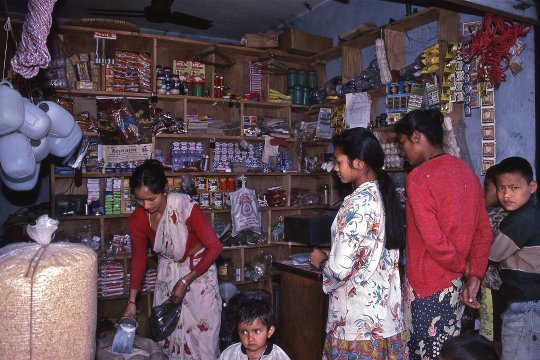 |
| 556. On one side of our entrance there was a small general store, selling food, stationery, toothpaste, batteries and candles. |
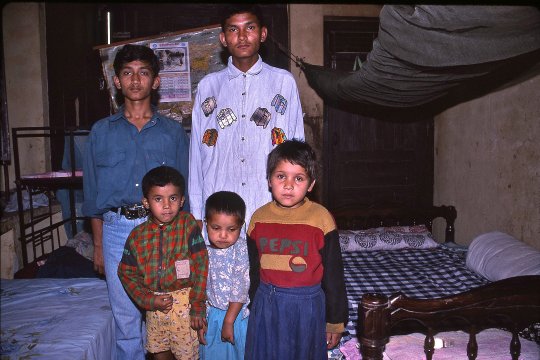 |
| 557. The family lived at the back of the shop. |
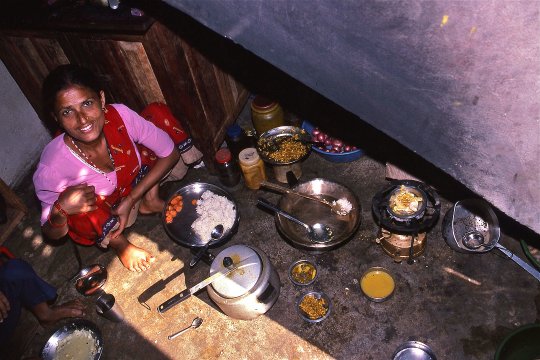 |
| 562. They also rented space under the stairs, for cooking and eating and a family shrine. This “room” was 3 metres in length but scarcely more than one metre wide, and half of it had a low ceiling. |
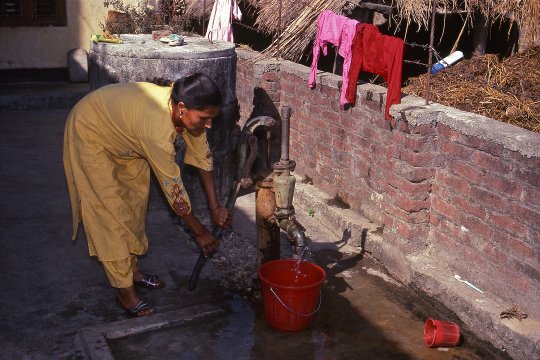 |
| 563. Our water came from a well, from which it was raised manually using an ancient pump that required regular maintenance. And there was another family altar close to it. |
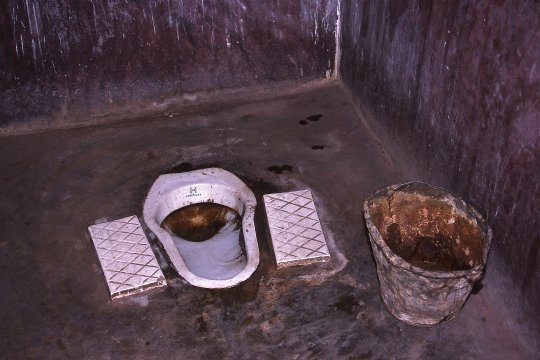 |
| 564. We shared a small toilet and shower with the families of the two shopkeepers. The toilet was flushed using an old bucket. |
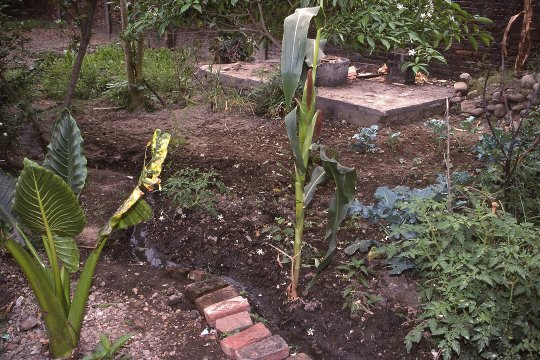 |
| 565. And there was a small vegetable garden, watered by runoff from the pump and the shower. |
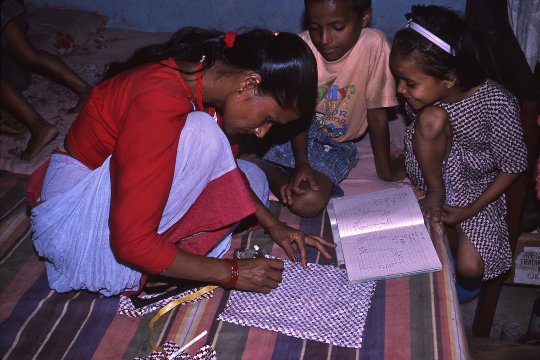 |
| 566. In other words, there were more conveniences here than in Ramja Thanti -- including electricity for lights -- so the family could work after dark -- plus a ceiling fan for hot and humid nights. |
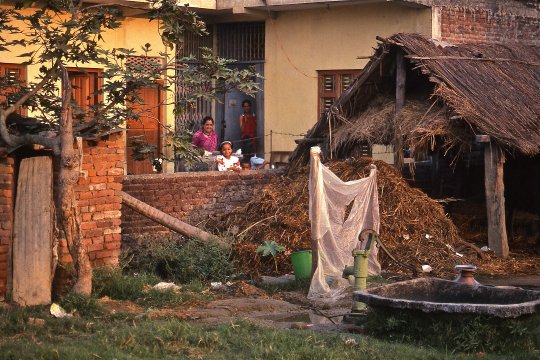 |
| 569. Yet however humble it may have been, our home in Bharatpur was certainly a cut above the homes of our neighbours. |
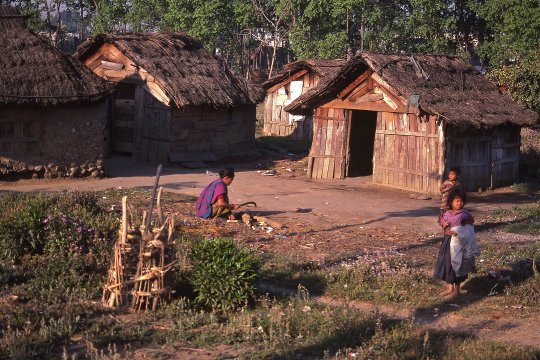 |
| 570. Many of the poorer new arrivals build their own homes, modelling them on houses they lived in previously in rural areas. |
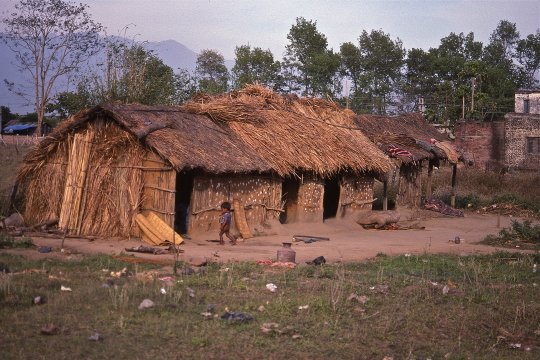 |
| 571. Many will not own the land they build on, but simply squat on whatever land is available, so their occupation of it is informal if not illegal. |
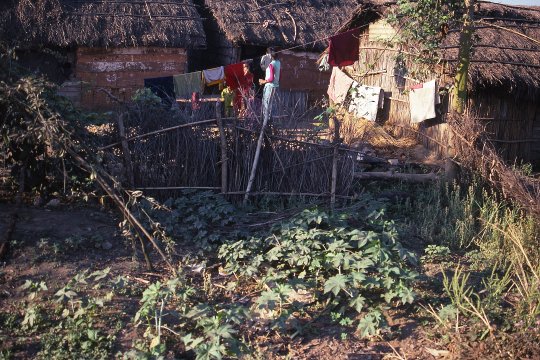 |
| 572. Their homes were built using whatever materials were available, and many of them somehow found space for kitchen gardens. |
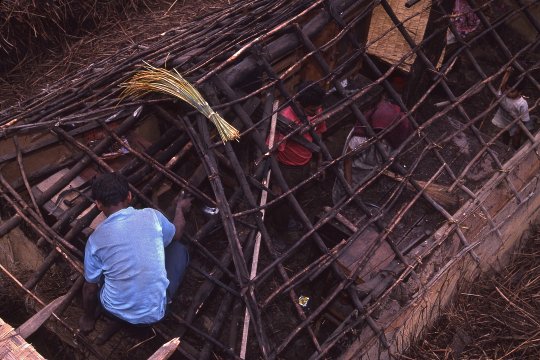 |
| 573. Grass was the cheapest roofing material, and allowed the smoke from kitchen fires to filter through it. |
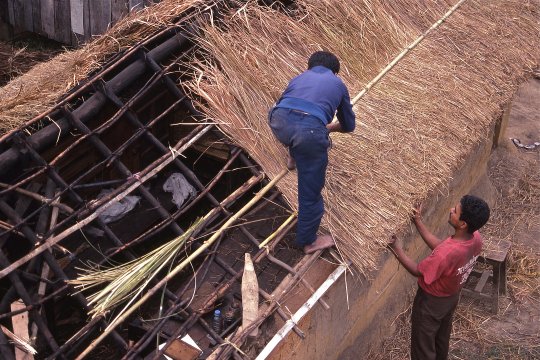 |
| 574. When it got too encrusted with soot, or damaged by rain, it could easily be replaced. [Video Extract 22] |
![]()
Text, photos and recordings
by John Tyman
Intended for Educational Use
Only.
Contact Dr. John Tyman at johntyman2@gmail.com
for more information regarding
licensing.
![]()
www.hillmanweb.com
Photo processing, Web page layout,
formatting and hosting by
William
Hillman ~ Brandon, Manitoba ~ Canada